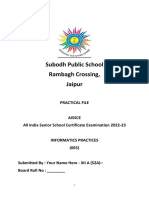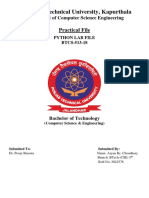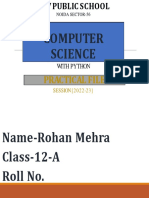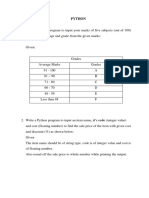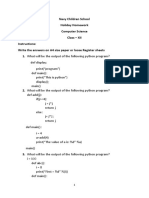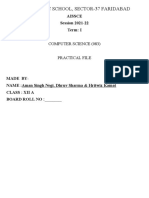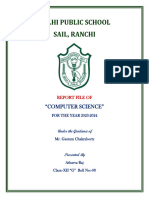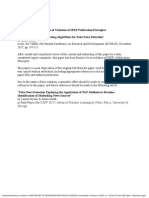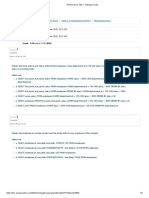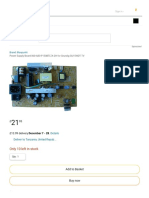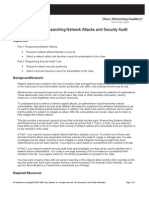0% found this document useful (0 votes)
12 views5 pagesPracticals Python Revision Tour
The document outlines a list of practical programming exercises for Year 12 Computer Science students for the academic year 2025-2026. It includes tasks such as creating programs for time conversion, summing user inputs, generating multiplication tables, and developing various menu-driven systems like student management and shopping cart systems. Additionally, it emphasizes the use of programming concepts such as dictionaries, loops, and conditional statements.
Uploaded by
Avi GroverCopyright
© © All Rights Reserved
We take content rights seriously. If you suspect this is your content, claim it here.
Available Formats
Download as DOCX, PDF, TXT or read online on Scribd
0% found this document useful (0 votes)
12 views5 pagesPracticals Python Revision Tour
The document outlines a list of practical programming exercises for Year 12 Computer Science students for the academic year 2025-2026. It includes tasks such as creating programs for time conversion, summing user inputs, generating multiplication tables, and developing various menu-driven systems like student management and shopping cart systems. Additionally, it emphasizes the use of programming concepts such as dictionaries, loops, and conditional statements.
Uploaded by
Avi GroverCopyright
© © All Rights Reserved
We take content rights seriously. If you suspect this is your content, claim it here.
Available Formats
Download as DOCX, PDF, TXT or read online on Scribd
/ 5



